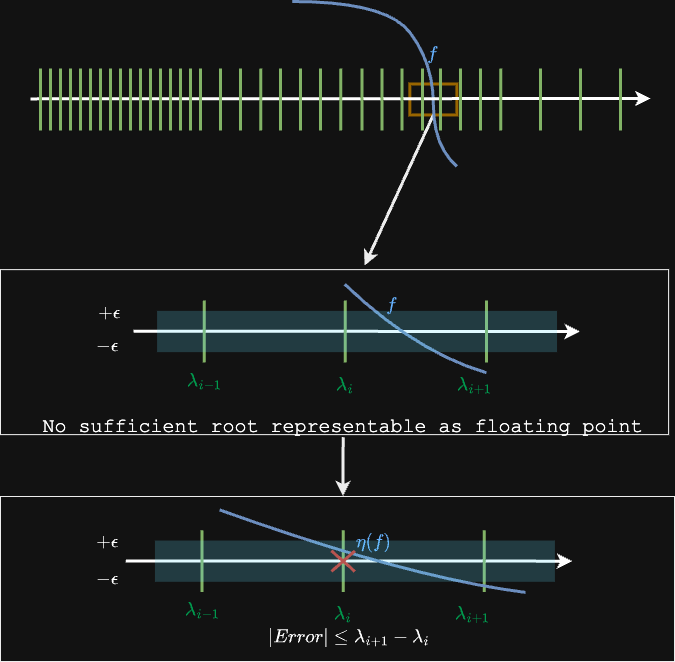Rescaling Transformations
Rescaling transformations provide mathematically precise control over scalar field output ranges through univariate functions.
Given a scalar field , a rescaling transformation produces a new field:
where is a univariate function, applied element-wise to the field. This composition preserves the geometric structure of the original field while transforming scalar values according to the chosen function .
Function Classes
- Hyperbolic Tangent Family: Standard and scaled tanh functions
- Logistic (Sigmoid) Family: Standard and scaled sigmoid functions
- Arctangent Family: Standard and scaled arctan functions
- Error Function: Gaussian-like transition with erf approximation
- Soft Clipping: Linear preservation with asymptotic bounds
Properties of Rescaling
Rescaling transformations maintain several important geometric properties:
- Isosurface Preservation: If is an isosurface of , then the transformed field has corresponding isosurfaces at .
- Monotonicity: For strictly monotonic , the relative ordering of field values is preserved.
- Bounded Output: Many rescaling functions map to bounded intervals, providing guaranteed output ranges.
- Differentiability: Most rescaling functions are smooth functions, meaning they have continuous derivatives of all orders. This property is crucial for:
- Gradient-based optimization
- Surface normal computation
- Analytical ray-surface intersection
Rescaling for Ray Cast Stability
Rescaling transformations are crucial for ensuring numerical stability in ray casting operations. Consider the contrived construction:
is a univariate function, representing the scalar field's value along a single ray. Ray casting is the process of finding a root of to within a tolerance .
The floating point number line is not uniformly distributed. The difference between two adjacent numbers that are representable increases as the numbers get larger. This means for high-gradient fields (e.g., large shapes where, at the isosurface, the field is changing rapidly), there is no representable value of that can satisfy the tolerance . This is shown in the first inset below.

To rectify this, we use our rescaling transformations to map the field values to a closed interval. This has the effect of vertically compressing the field. It is shown in the second inset above.
This method ensures that at least one value of exists that satisfies the tolerance , and for continuous fields, the converged value of is at most one floating point number away from the true root.
References
For foundational mathematical techniques: